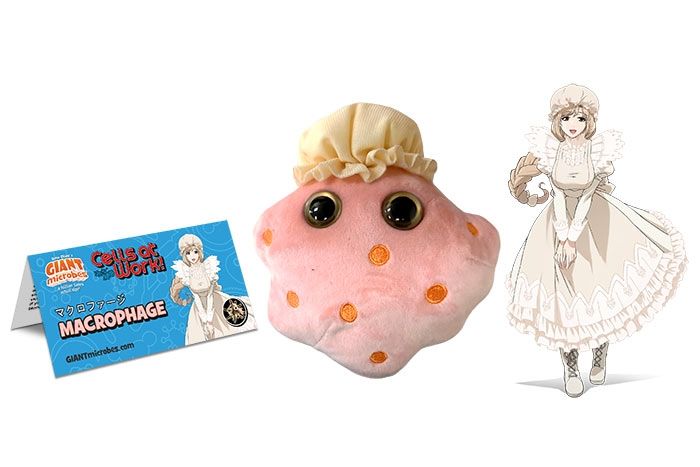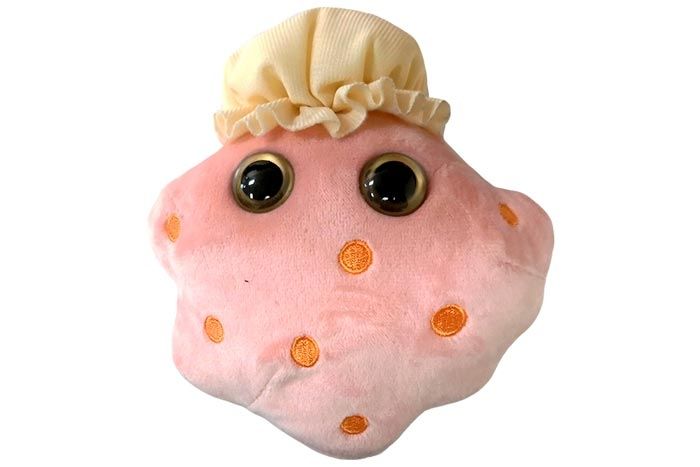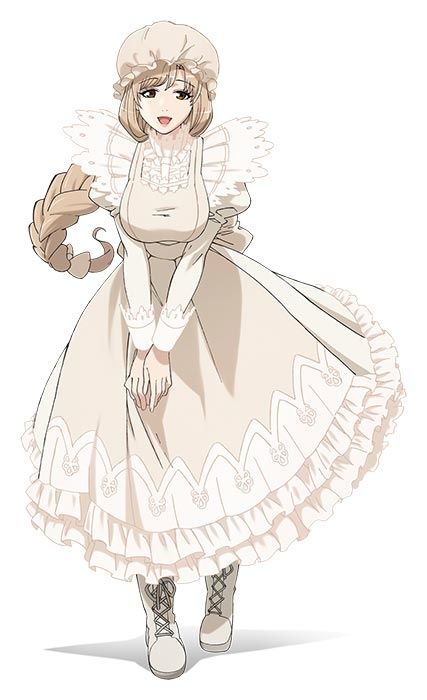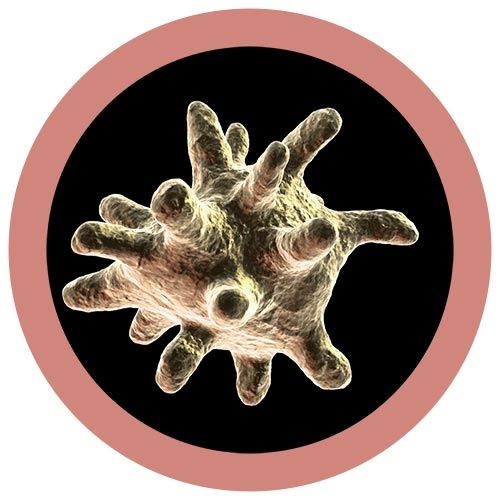Cells at Work! Macrophage
Macrophage’s appearance is maid-like because she cleans and removes debris, such as dead cells and bacteria. Incredibly, they’re also responsible for nurturing erythroblasts!
Watch the Cells at Work! anime trailer here: Cells at Work!
Copyright © Giantmicrobes, Inc.
©Akane Shimizu / KODANSHA, Aniplex, davidproduction
Product Details
Additional Information
| Sizes | Giantmicrobes are based on actual microbes, cells, organisms and other critters, only 1,000,000 times actual size! Gigantic (GG) 16-24" XL (XL) 10-15" Original (PD) 5-8" Keychain (KC) 2-4" with clip |
|---|---|
| Materials | Plush from all new materials. Stuffed with polyester fiber fill. Surface washable: sponge with water & soap, air dry. |
| Packaging | Each plush microbe includes a printed card with fun, educational and fascinating facts about the actual microbe or cell. |
| Safety | Every product meets or exceeds U.S. and European standards for safety. For ages 3 and up. |
All about Cells at Work! Macrophage
FACTS: Macrophages are a type of white blood cell that play a vital role in fighting infections. Like many other cells of your immune system, they are produced in the bone marrow and travel through the blood to your tissues. Macrophages are found mainly in the liver, spleen, and lymph nodes.
White blood cells are amazing and complex with varying roles and functions. The three major types are granulocytes (neutrophils, eosinophils, and basophils), lymphocytes (T-cells and B-cells), and monocytes (macrophages and dendritic cells). Macrophages are large monocytes and long-living compared to other most white blood cells. The way macrophages kill classifies them as phagocytes, meaning they engulf, absorb and effectively “eat” bacteria, infected cells and particles. Enzymes destroy the ingested cell. Macrophages then act as messengers to signal to other white blood cells that an invader is present. Macrophages are not specialized, they can kill many type of microbes.
Some macrophages assist in healing wounds. They deal with inflammation, remove dead cells, encourage cell growth, and restore tissue. Discovered over 100 years ago, macrophages and other white blood cells are being heavily researched today, particularly in ways to suppress the body’s immune response and, thus, treat autoimmune diseases.









